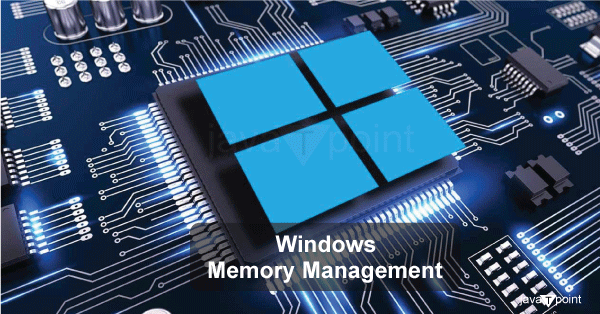Windows Memory Management
Windows reminiscence control is an essential element of the operating machine that plays an essential role in optimizing pc performance and ensuring efficient utilization of gadget resources. Memory control is chargeable for handling and organizing the extensive pool of reminiscence to be had on a computer, which include RAM (Random Access Memory) and digital reminiscence (Pagefile). In this article, we can delve into the basics of Windows memory control, exploring its key components, strategies, and the mechanisms employed to keep system balance and responsiveness. The Role of Memory in ComputingMemory serves as a temporary workspace in which the working machine and programs keep information and commands at some point of their execution. The faster records can be accessed from reminiscence, the quicker applications can run, and standard machine performance is better. Windows reminiscence control is tasked with allocating and deallocating memory assets to exceptional procedures even as making sure the stability of the machine. Virtual MemoryWindows makes use of a concept referred to as digital memory to extend the to be had RAM effectively. Virtual reminiscence uses an aggregate of RAM and disk area (Pagefile) to create the illusion of more reminiscence than is physically set up. When the RAM is fully utilized, the running system transfers less regularly used information from RAM to the Pagefile. This permits energetic techniques to retain walking in RAM, while the much less-used information is temporarily stored on disk. Pagefile ConfigurationThe length of the Pagefile is determined robotically with the aid of default, but users also can manually configure it. The Pagefile size is generally set primarily based on the amount of RAM set up, with the rule of thumb of thumb being 1.5 to two instances the quantity of RAM. However, with present day systems having sufficient RAM, the need for a massive Pagefile has decreased, and in a few instances, it may be set to a set length to decrease disk fragmentation. Windows Memory ManagementMicrosoft Windows has its own digital deal with area for each 32-bit procedure, allowing up to four gigabytes of memory to be viewed. Each procedure has 8-terabytes to cope with space on sixty four-bit Windows. All threads have an entry to the visible address space of the manner. Threads, on the other hand, do not now have an entry to the reminiscence of any other technique, which protects one system from being broken by every other.
Memory Management Components
Windows reminiscence management is an advanced gadget designed to make certain green memory utilization and keep device stability. By correctly dealing with RAM and employing digital memory techniques, Windows can offer a clean and responsive consumer experience, even when managing resource-extensive programs. As generations keep evolving, memory control will play an increasingly important role in meeting the needs of modern computing. Understanding these mechanisms allows customers to optimize their systems and make the maximum of their hardware assets.
Next TopicWireless dos attack on Wifi
|
 For Videos Join Our Youtube Channel: Join Now
For Videos Join Our Youtube Channel: Join Now
Feedback
- Send your Feedback to [email protected]
Help Others, Please Share










